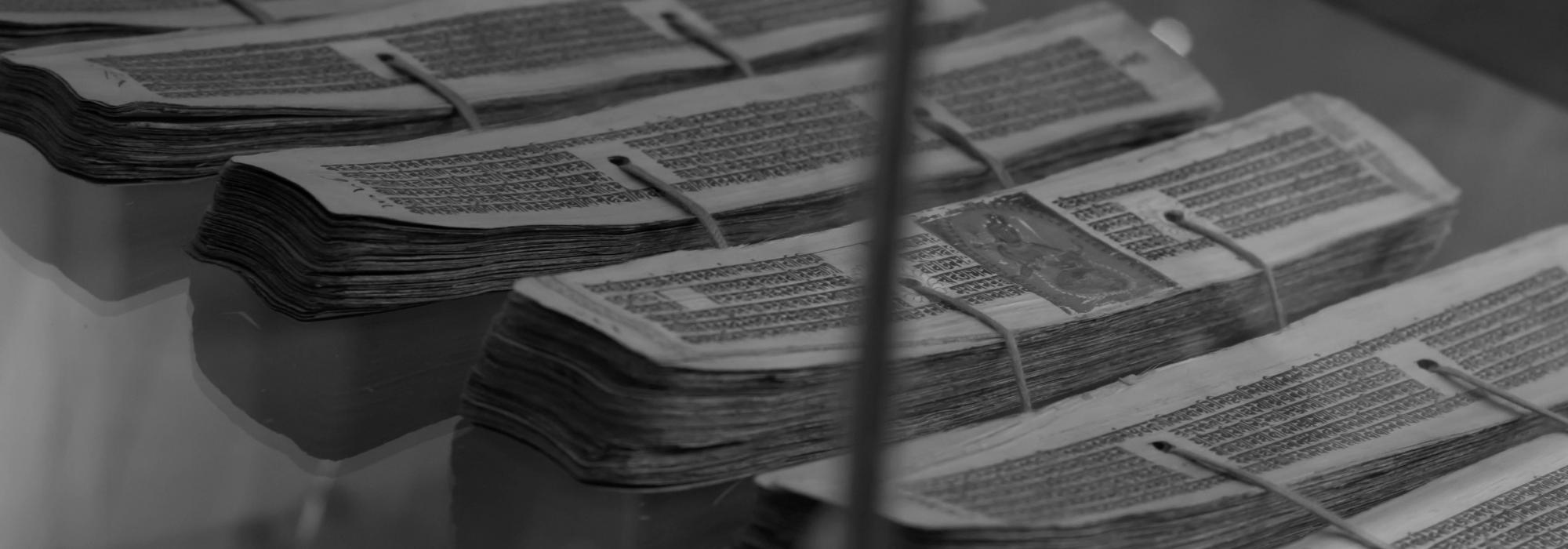It is indeed a difficult task to accommodate modern themes within and to communicate them effectively the classical framework of dance. It is for this reason that artists in the past chose popular puranic and historical stories with suggestive content for presentation. Today’s artists must attempt such presentations only after having studied the classics and shaastras. If artists are not careful in what they are presenting, connoisseurs will be at stake. Most dancers don’t seem to have even a preliminary understanding of theVedas and Vedaanta, but they all try futilely to portray philosophy through their dance performances. Perhaps, there is no other theme other than philosophy that has been abused and overused by dancers. All these fascinations for philosophy are a result of a shallow understanding of shaastras. In fact, it is possible to have shaanta rasa (peace) felt by the audience, but cannot be explicitly portrayed through abhinaya (One cannot show it through vibhaavas and anubhaavas – causes and effects of emotions). Abhinavagupta, the tenth century aesthetician and commentator on the Naatyashaastra, although strongly advocates the shaanta rasa, says that it can only be the ‘parinaama rasa’ (the resultant aesthetic experience) of an art form. Dhananjaya and Dhanika in their ‘Dasharoopaka’ and ‘Avalokana’ probably rejected the shaanta rasa for this very reason, i.e., it cannot have an independent existence. Thus, it is impossible to portray shaanta rasa explicitly through art and this being the case, how can one even attempt to depict philosophy which is based on shaanta rasa? In fact, rasa is adhyaatma (spirituality) and blissful enjoyment (aananda) is the Brahman, the supreme reality. One needs to study the shaastras to even realize this.
[contextly_sidebar id="15WBPQANAwDrJ93likjhASdOxWd1MlF8"]
Classical Indian dance (nrtya) is a composite of three elements, unlike music (a composite of two elements) and literature, which can have independent existence. One needs to internalize diverse fields of knowledge to be able to produce a good literary work, but such studies are only aspects of erudition and not the aspects of the medium of expression. (Literature, music and dance are three mediums of expression and erudition provides the content for these.)
न सः शब्दो न तद्वाच्यं न स न्यायो न सा कला।
जायते यन्न काव्याङ्गमहो भारो महान् कवेः ॥ - Kavyaalankaara 5.4
Music has two fundamental aspects – pure music and lyrics, thus can be called ‘dvaita’. (Literature can be called ‘advaita’ in this sense – as it is independent by itself). Shruti (melody) and Laya (rhythm) are the elements that make pure music. Nrtya has three components – lyrics, music and pure dance, thus can be called ‘traita’. Without these components nrtya is incomplete and does not evoke rasa, thereby making it unenjoyable. All add-ons to these three will only help bolster the effectiveness of nrtya. Here, the verse from Naatyashaastra (1.117) is worth a mention-
न तज्ज्ञानं न तच्छिल्पं न सा विद्या न सा कला ।
नासौ योगो न तत्कर्म नाट्येस्मिन् यन्न दृश्यते ॥
Nrtya has several dimensions to it and is dependent on other art forms, viz., music and literature. Moreover, these elements that constitute nrtya borrow their grammar from many shaastras, thus making nrtya dependent on several shaastras. Thus, for an effective presentation of dance, one must have a sound knowledge of literature, melody and rhythm.
It is essential for a dancer to know the Sanskrit language. Without being well versed in Sanskrit, any studies related to India is futile. Along with this, one must have a working knowledge of the regional Indian languages too. Those who would like to strengthen their art by the study of shaastra must study the Naatyashaastra along with Abhinavagupta’s commentary, the ‘Abhinavabharati’. They must also have exposure to Alankaara-shaastra, epics and plays in Sanskrit. In addition to this, it is essential to study works such as ‘Bhaavaprakaashana’ of Shaaradaatanaya, ‘Nrtta-ratnaavali’ of Jaayapasenaani, ‘Nrtyaadhyaaya’ of Ashokamalla, ‘Abhinaya-darpana’ and ‘Bharataarnava’ of Nandikeshvara, ‘Sangeeta-ratnaakara’ of Shaarngradeva, and ‘Rasamanjari’ and ‘Rasatarangini’ of Bhaanudatta. Themes can be borrowed not just from Indian classical literature but also from western poets, starting from Homer and until Shelly. Artists who would like to adapt western themes must have a good understanding of propriety (auchitya) of their art medium. History, science and creative extrapolations related to them can be cautiously used.
In summary, shaastra should be used for gaining skill in the perfect execution of art. It also helps in systematizing and protecting an art form. The path laid by shaastra is useful in teaching an art too. There is nothing impossible for a person who has shaastra for his support. However, it is rare to find people who are well versed in shaastra and at the same time, one must not lose hope and try to find completeness by having their art governed by shaastra.
कस्यचिदेव कदाचिद्दयया विषयं सरस्वती विदुषः।
घटयति कमपि तमन्यो व्रजति जनो येन वैदग्धीम् || (Dasharoopaka 1.3)














































